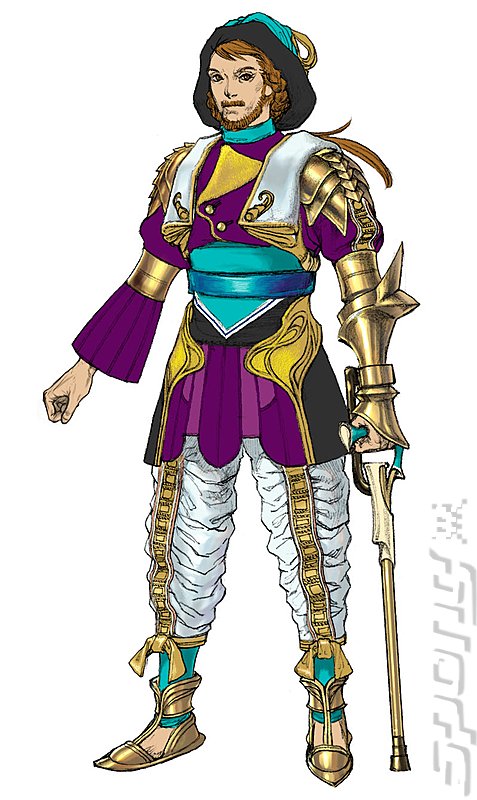

The other stars that formed the asterism were Eta Ceti ( Prima Struthionum), Theta Ceti ( Secunda Struthionum), and Tau Ceti ( Tertia Struthionum). The 17th century Egyptian astronomer Al Achsasi al Mouakket called the star Rabah al Naamat, meaning “the fourth ostrich.” The name was translated into Latin as Quarta Struthionum. In Arabic astronomy, Baten Kaitos was part of an asterism known as “the Hen Ostriches” ( Al Naʽāmāt). It has the designation HD 11366 in the Henry Draper Catalogue (HD). The star is an orange giant (K0 III) located much further away (1,366 light years). There is another star listed as a companion, designated WDS J01515-1020B, but it is only a line-of-sight companion and not physically related to the Zeta Ceti system. The system is catalogued as WDS J01515-1020A in the Washington Double Star Catalog and the two components are designated WDS J01515-1020 Aa and Ab. The stars in the Zeta Ceti system orbit each other with a period of 4.5 years and an eccentricity of 0.59. orbiting around an unseen centre of mass. The Zeta Ceti system is a single-lined spectroscopic binary, which means that only the giant star is seen and the existence of the companion is inferred by the primary component’s spectral lines shifting towards the blue, then towards red, and then blue again, indicating that the star is moving toward and away from us, i.e.


The overabundance of barium is believed to be the result of mass transfer that occurred when the giant star was still on the main sequence and the secondary component was a carbon star on the asymptotic giant branch (AGB). Barium stars are not uncommon in binary systems. The suffix “Ba0.1” indicates that the primary component is a weak barium star. Zeta Ceti is a binary star system consisting of an orange giant star of the spectral type K0 III Ba0.1 (some sources give the spectral class K0.5 III) and a companion that cannot be resolved in telescopes. It lies at an approximate distance of 235 light years from Earth. With an apparent magnitude of 3.742, it is usually the eighth brightest star in Cetus (when it is not outshone by the variable Mira). It marks the belly of Cetus, the mythical sea monster associated with the myth of Perseus. Baten Kaitos, Zeta Ceti (ζ Cet), is a double star located in the constellation Cetus.


 0 kommentar(er)
0 kommentar(er)
